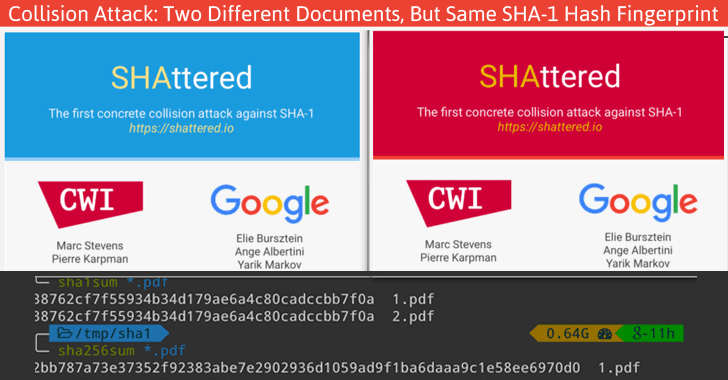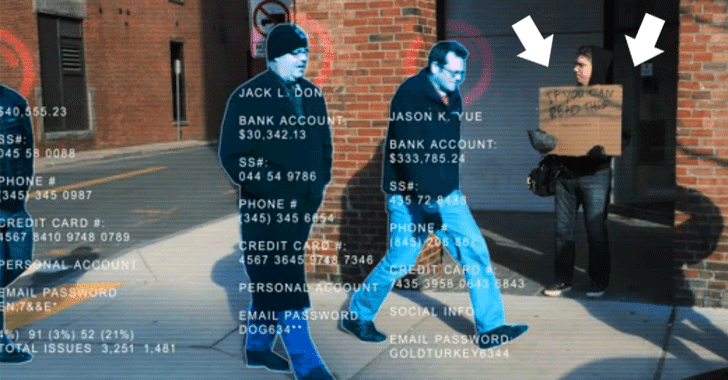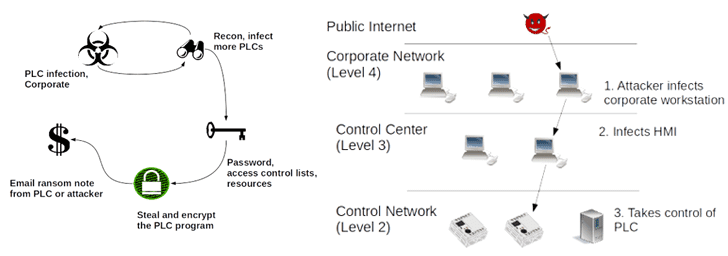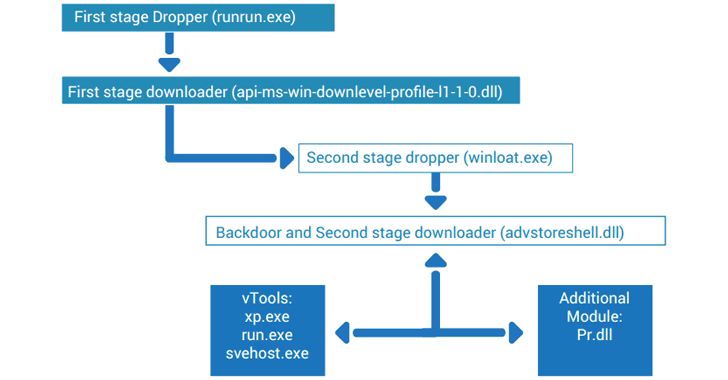With a password manager, you won’t need to remember unique, long, complex passwords for every online account. The software will remember it for you, strengthening your password security and minimizing your risk the next time there’s a massive data breach. You need to remember only a single “master” password to the password manager itself.
Based on our extensive testing of seven services, focusing on ease of use, platform support, security and overall performance, the best overall password manager is LastPass, which offers an ideal combination of ease of use, convenience and security.

LastPass Password Manager
$12/year LastPass
Dashlane was a close runner-up, thanks to its nifty ability to reset all your passwords at once.

Dashlane Password Manager
$40/year Dashlane
We also liked True Key’s forward-looking biometric authentication, Keeper’s simplicity and Sticky Password’s user-friendliness, although each lacked features we consider essential.
Two other password managers are best suited for niche segments: 1Password for Mac users, and KeePass for tech-savvy users of Linux and other open-source software.
What to Look For
All seven password managers we’ve reviewed secure your data, both on your machine and in the cloud, with the toughest form of encryption in wide usage today. All have software for Windows, Mac OS X, Android and iOS. All have free options, though only KeePass is entirely free. All can be installed on an unlimited number of devices for a single (usually paid) account, and most can store an unlimited number of passwords.
All of the password managers we reviewed can also generate new, strong passwords for you (though not always on the mobile version), and some will alert you to the latest data breaches. Most offer a two-factor authentication option for master passwords. Many offer to save your personal details, credit-card numbers and other frequently used information so that they can quickly fill out online forms for you. Finally, none can recover your master password for you if you forget it, although some let you reset that password to something else.

Cloud vs. Local Management
1Password and KeePass primarily store the user’s “vault” of passwords and other sensitive information locally, i.e. on one of the user’s own devices. There’s a security advantage to that, as none of the data has to ever reach the internet, but it can be a hassle to synchronize the vault with other devices.
Far more convenient are cloud-based password managers, which include LastPass, Dashlane, Keeper and True Key. These services keep encrypted copies of your vault on their own servers and make sure all your devices are always synced.
The risk, although it’s small, is that one of the services could be compromised and your passwords released out into the wild. (The seventh password manager, Sticky Password, can work as either a device-based or cloud-based manager, and there’s a somewhat pricey cloud-based subscription option available for 1Password.)
How We Tested
We installed and used all seven password managers on a Windows 8 laptop, an iPad Mini and a Samsung Galaxy S6 Android smartphone. Additional testing was done on an iPhone 6s Plus, a OnePlus One Android smartphone and a Windows 10 laptop.
We took into consideration each service’s ease of use, variety and usefulness of features, and its security practices, especially concerning two-factor authentication. Design was noted, but did not factor into our rankings, and price was considered only when two or more premium password managers were otherwise roughly equal.
LastPass
EDITOR’S CHOICE

LASTPASS
Editor’s Choice
9/10
SUPERIOR
REVIEW
$12/YEAR LastPass
LastPass is our Editor’s Choice among password managers because of its ease of use, support for all major platforms, feature-rich free version, variety of configurations and very affordable ($12 per year) premium subscription. As of late 2016, the free version syncs across an unlimited number of devices. You don’t even need to install an application on your computer to use LastPass; instead, the software can live entirely in browser extensions and in a full-featured web interface.
Dashlane

DASHLANE
8/10
TOTALLY WORTH IT
REVIEW
$40/YEAR Dashlane
Dashlane has a truly killer feature: It can reset all your passwords at once, saving you time and worry in the event of a major data breach. It’s also well-designed, easy to use and possibly the best at filling out your personal information in online forms. Dashlane’s only drawbacks are its relatively high premium price ($40 per year) and its read-only web interface, which prevents you from making any changes to your vault while away from your primary computer.
True Key

TRUE KEY
8/10
TOTALLY WORTH IT
REVIEW
$20/YEAR True Key
Intel’s True Key ($20 per year for a premium subscription) is the password manager of the future. It offers six different factors of authentication, including fingerprint and facial recognition, and just added Microsoft Edge support. It’s pretty cool to log in by looking into your laptop or smartphone’s camera and shaking your head. The impressive selection of authentication factors also makes it possible to easily reset the True Key master password if you lose it. We just wish True Key filled in personal information and let users securely share passwords.
Keeper

KEEPER
7/10
VERY GOOD
REVIEW
$30/YEAR Keeper
Keeper ($30 per year for premium service) is fast, full-featured, has a robust web interface and can store files and documents of any kind. But it doesn’t let you create a PIN to quickly access the mobile app. If your phone doesn’t have a fingerprint reader, you’ll have to enter the full master password every time.
Sticky Password

STICKY PASSWORD
7/10
VERY GOOD
REVIEW
$30/YEAR Sticky Password
Sticky Password looks out-of-date with its full-color interface and amateurish-looking website. But it’s a full-featured password manager that gives you the option of syncing locally or in the cloud, manages desktop logins as well as online passwords, and even offers a lifetime premium subscription option for $150. (Otherwise, that’s $30 per year.) Sticky Password recently added true two-factor authentication, but its web interface is pretty bare-bones.
KeePass

KEEPASS
7/10
VERY GOOD
REVIEW
FREE KeePass
KeePass is the oldest password manager here, one of the most powerful, and definitely the hardest to use. It’s a long-running free and open-source project with several spinoffs, dozens of ports to other platforms (KeePass originated on Windows) and nearly endless customization options — you can even carry the software and its vault around on a USB thumb drive. The downside is that you have to do everything yourself, from syncing your devices to just learning how to use the software at all. If you’re a tech-savvy person, KeePass may be for you, but it’s certainly not for everyone.
1Password

IPASSWORD
6/10
WORTH CONSIDERING
REVIEW
FREE/MOBILE iTunes
1Password started on Mac and added Windows and Android versions only in 2014. Its Windows version lags behind the Mac one, and while the iOS app is full-featured, the Android one is almost useless. 1Password’s pricing structure is complicated, and certain configurations require you to sync your own data, but if you have a family of Mac users, its subscription plan ($5 per month, or $48 per year) lets up to five users share one cloud-synced account with individual logins and premium software on all devices. 1Password also has great form-filling abilities, though it lacks true two-factor authentication.
via: tomsguide














